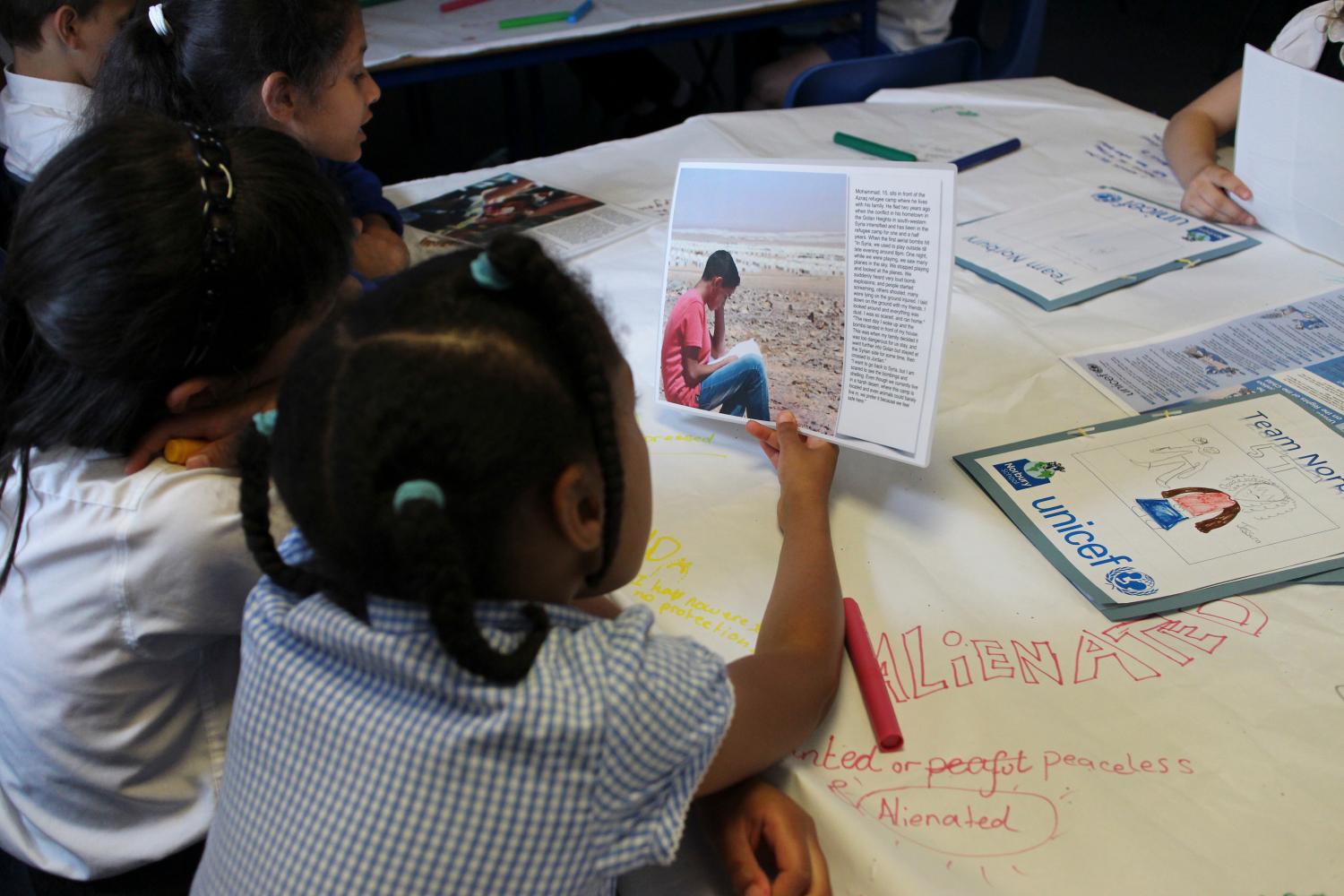Executive Summary
Poor children in the United States start school at a disadvantage in terms of their early skills, behaviors, and health. Fewer than half (48 percent) of poor children are ready for school at age five, compared to 75 percent of children from families with moderate and high income, a 27 percentage point gap. This paper examines the reasons why poor children are less ready for school and evaluates three interventions for improving their school readiness.
Poverty is one of several risk factors facing poor children. Mothers living in poverty are often unmarried and poorly educated, they have higher rates of depression and poor health than more affluent mothers, and they demonstrate lower parenting skills in certain dimensions. In fact, the gap in school readiness shrinks from 27 percentage points to 7 percentage points after adjusting for demographic, health, and behavioral differences between poor and moderate- and higher-income families. Even so, poverty remains an important influence on school readiness, partly through its influence on many of the observed differences between poor and more affluent families. Higher levels of depression and a more punitive parenting style, for example, may result from economic stress and so models controlling for these factors may understate the full effects of poverty on school readiness.
In addition to poverty, key influences on school readiness include preschool attendance, parenting behaviors, parents’ education, maternal depression, prenatal exposure to tobacco, and low birth weight. For example, the likelihood of being school ready is 9 percentage points higher for children attending preschool, controlling for other family characteristics, and is 10 percentage points lower for children whose mothers smoke during pregnancy and also 10 percentage points lower for children whose mothers score low in supportiveness during parent-child interactions. These findings suggest a diverse set of policy interventions that might improve children’s school readiness, ranging from smoking cessation programs for pregnant women to parenting programs, treatments for maternal depression, income support programs and expansion of preschool programs.
Preschool programs offer the most promise for increasing children’s school readiness, according to a simple simulation that models the effects of three different interventions. Expanding preschool programs for four-year olds has more direct effects on school readiness at age five than either smoking cessation programs during pregnancy or nurse home visiting programs to pregnant women and infants, the two other alternatives considered.
The Brookings Institution is committed to quality, independence, and impact.
We are supported by a diverse array of funders. In line with our values and policies, each Brookings publication represents the sole views of its author(s).





